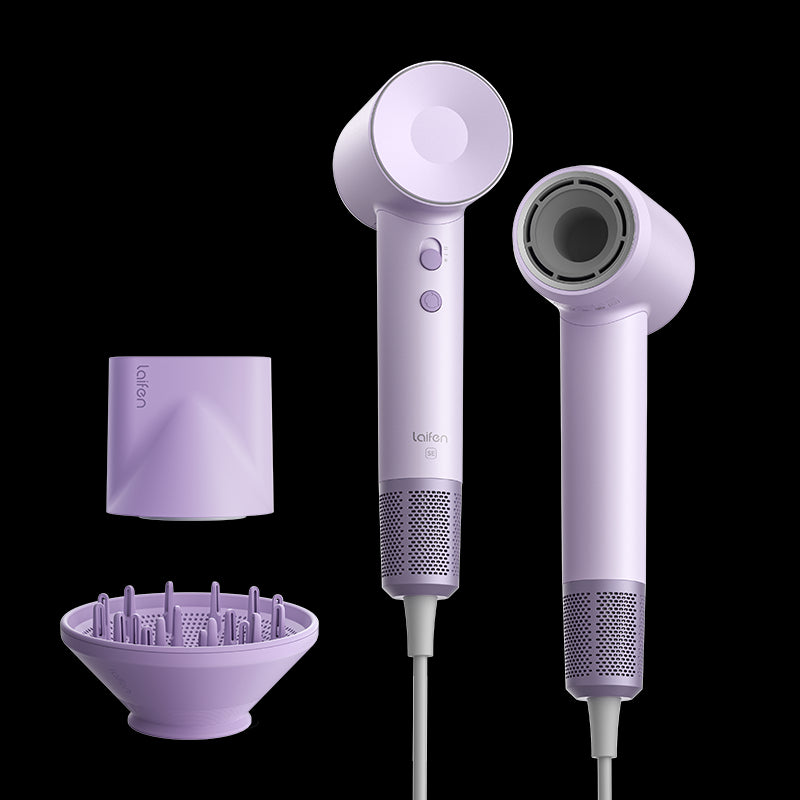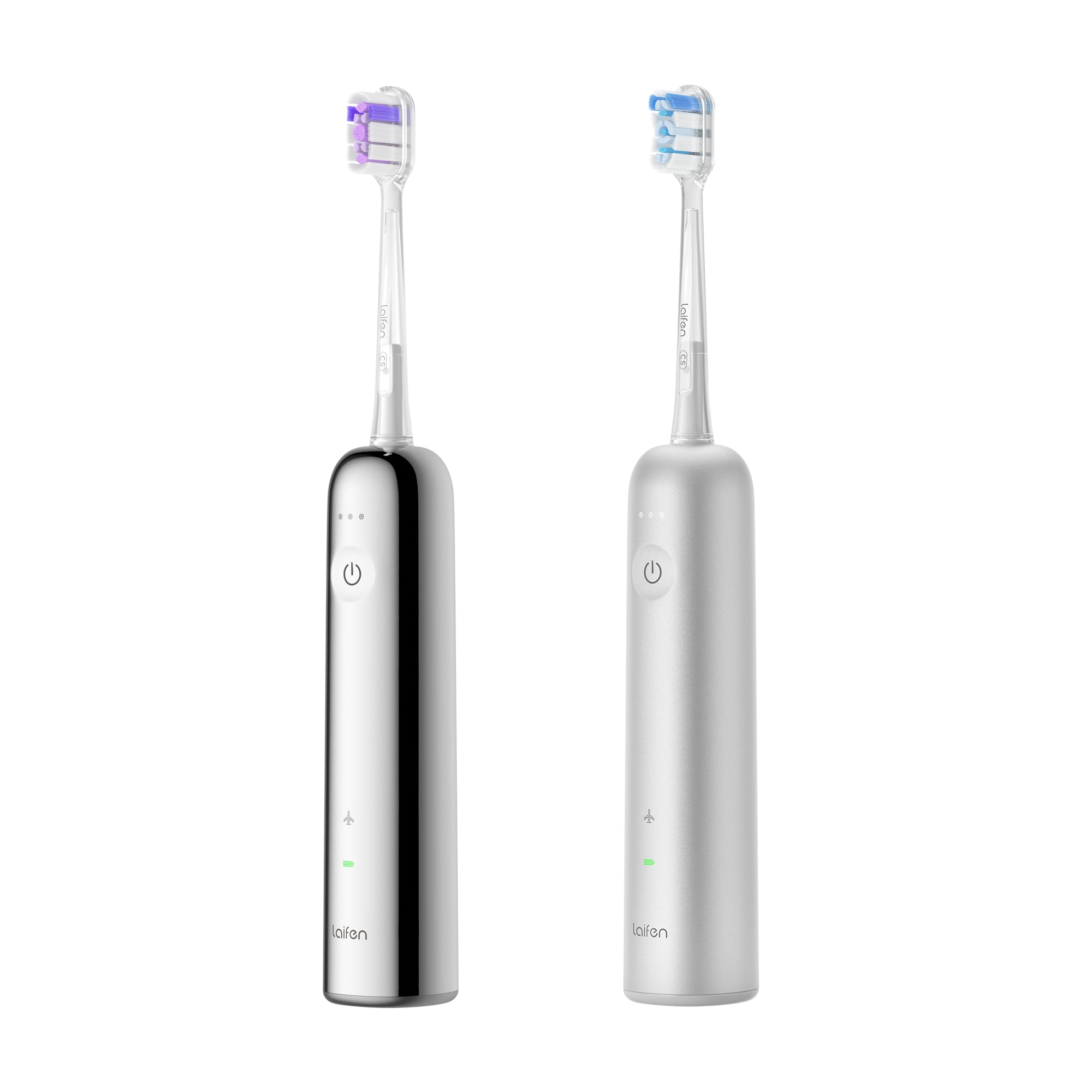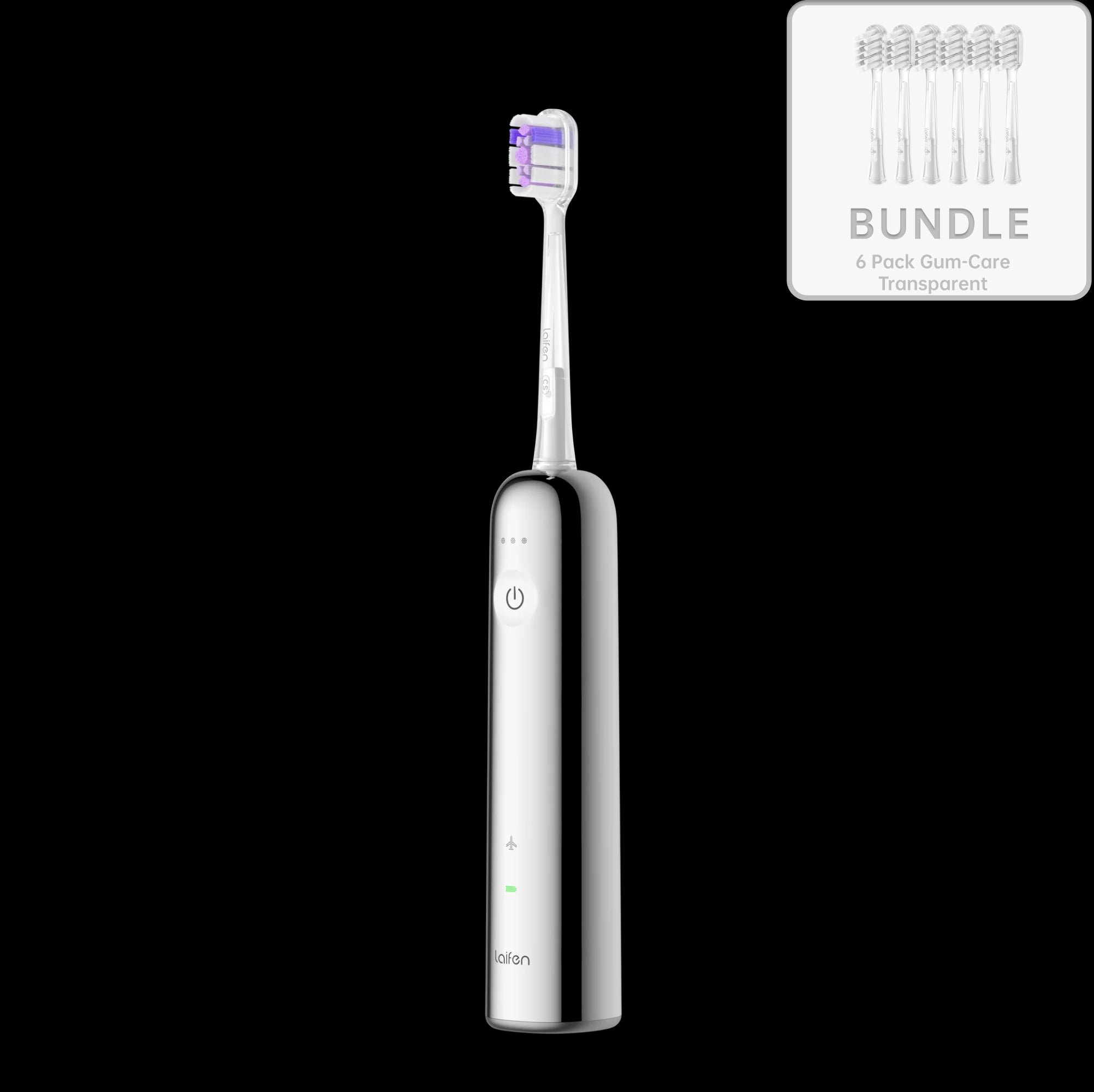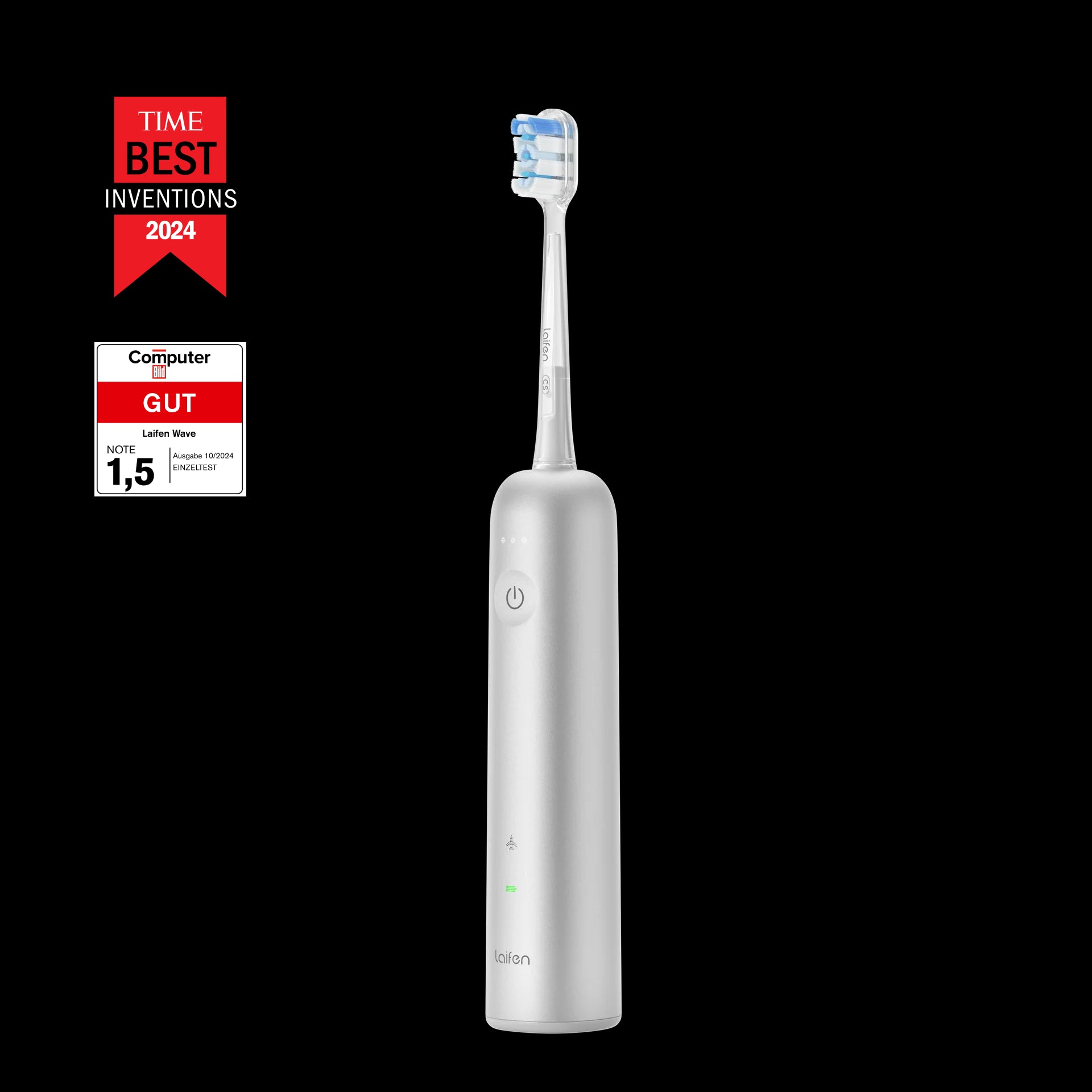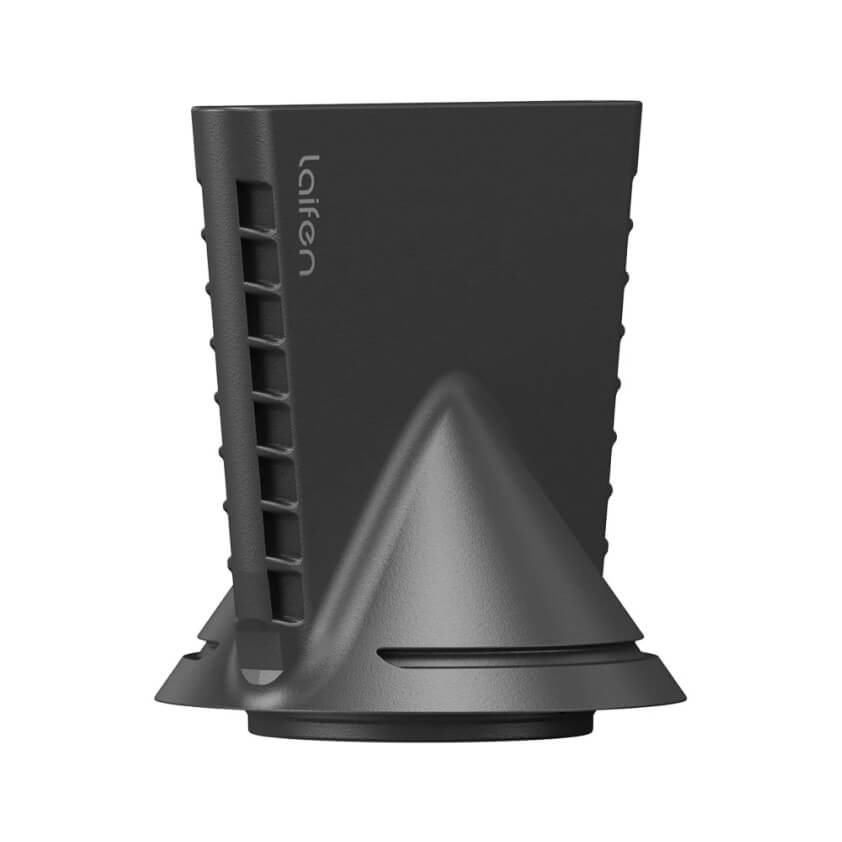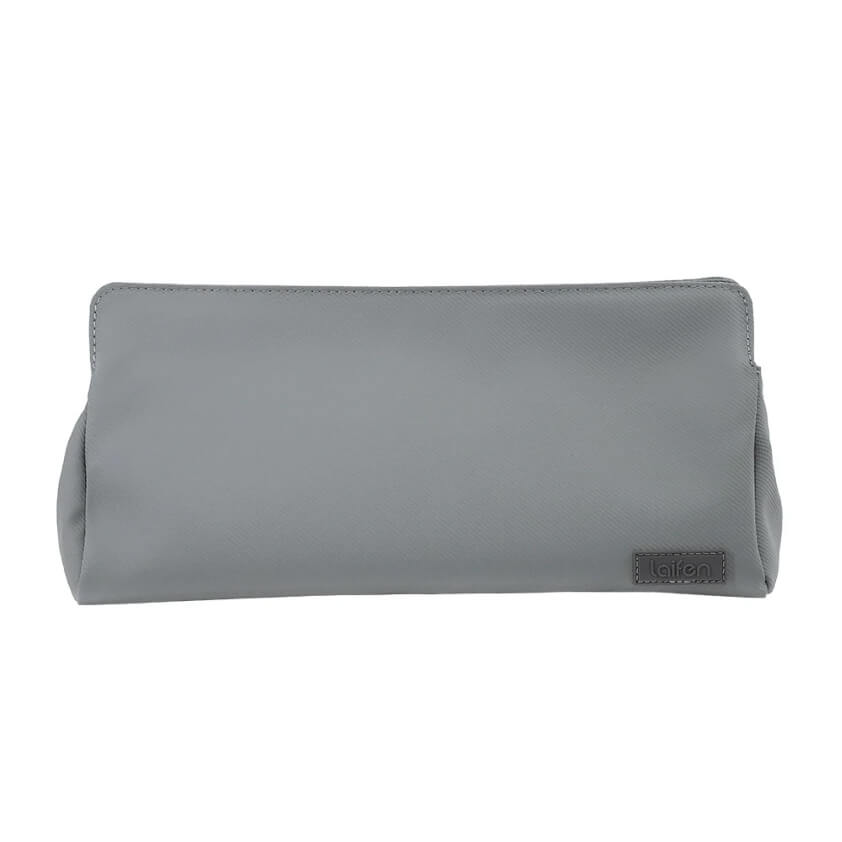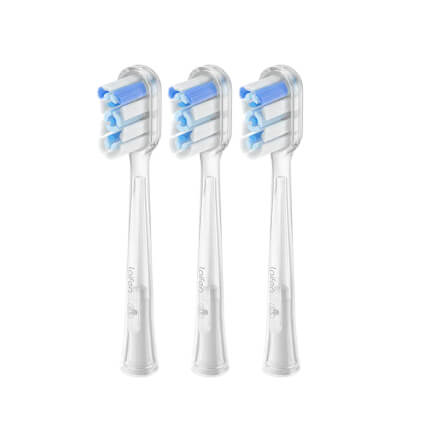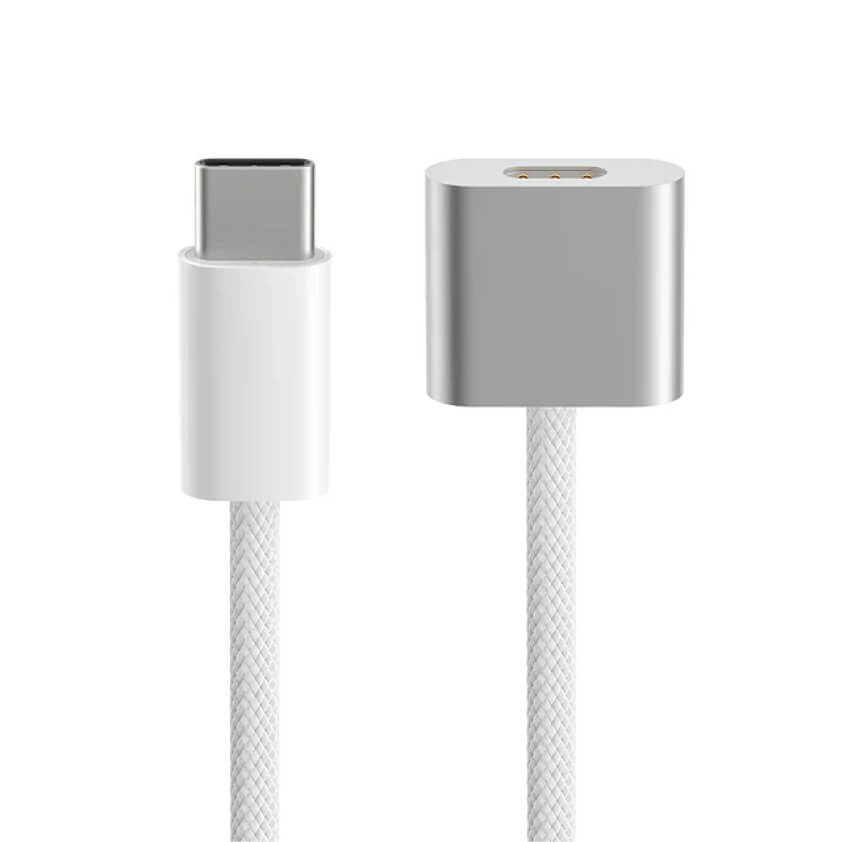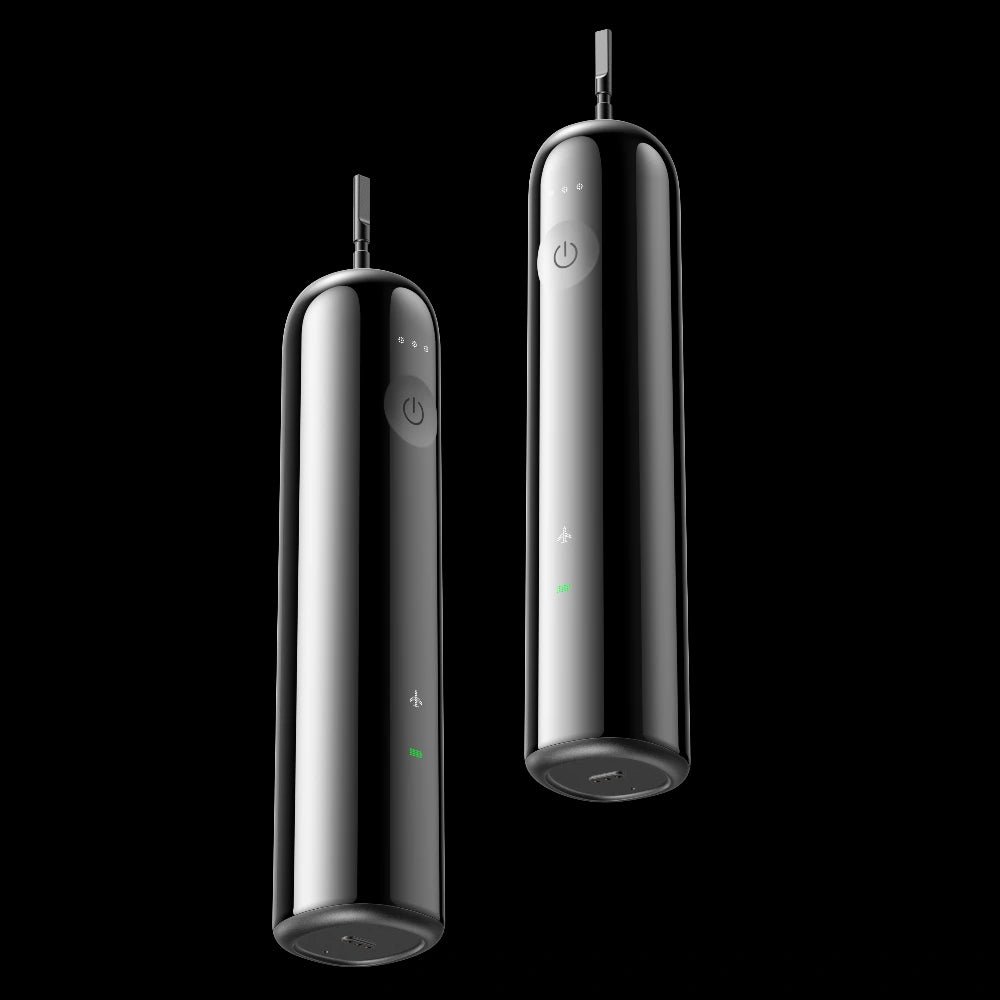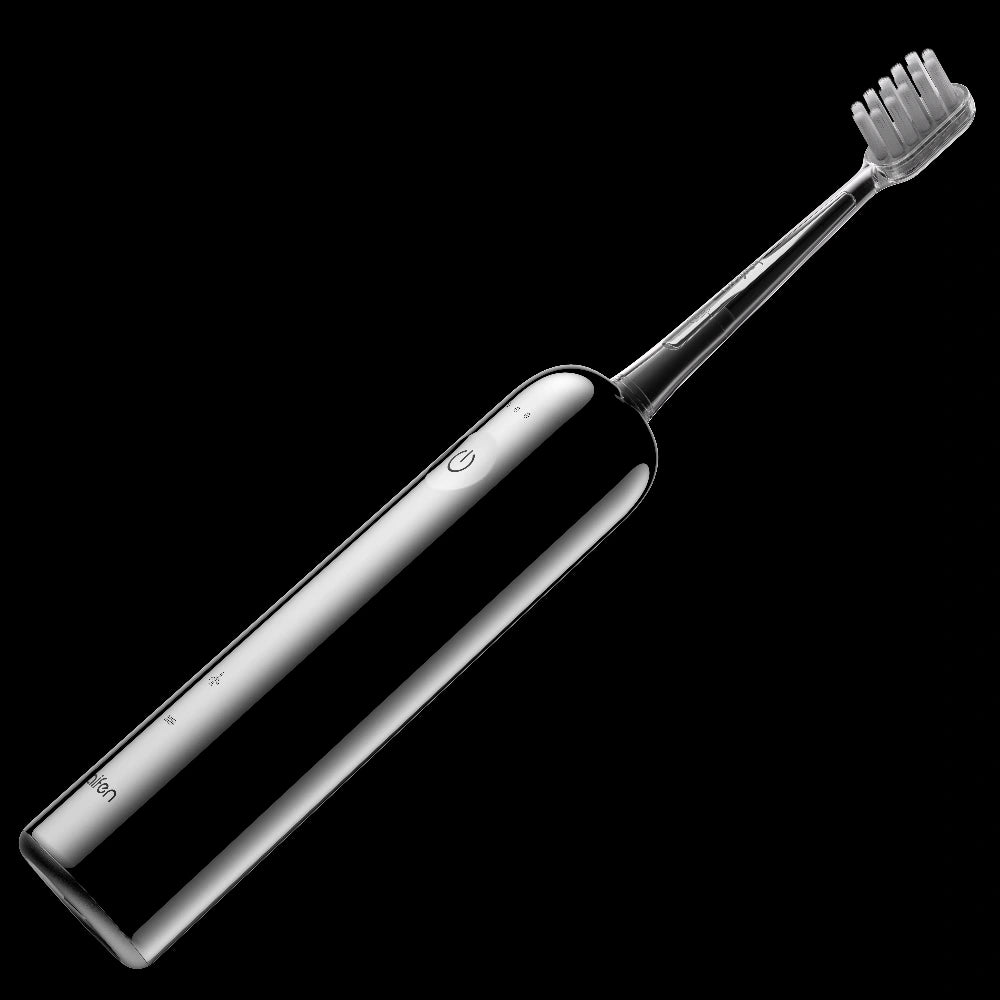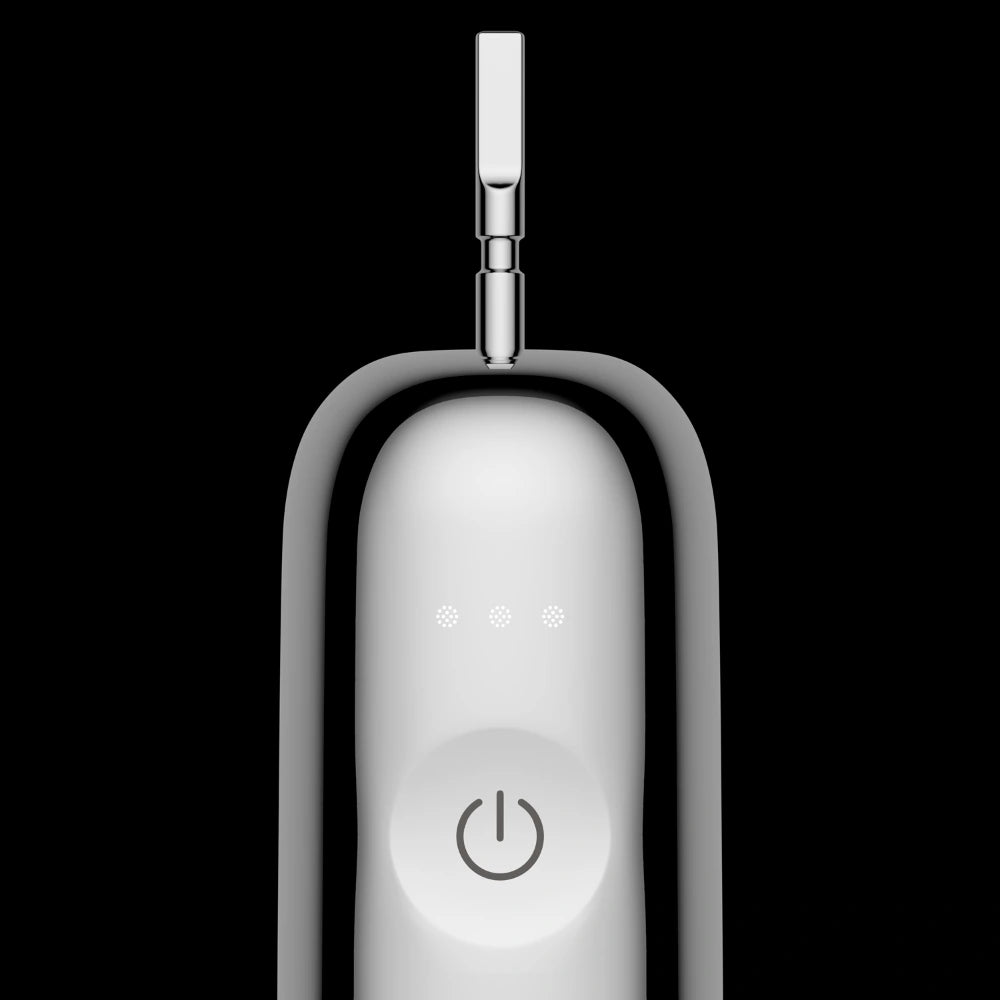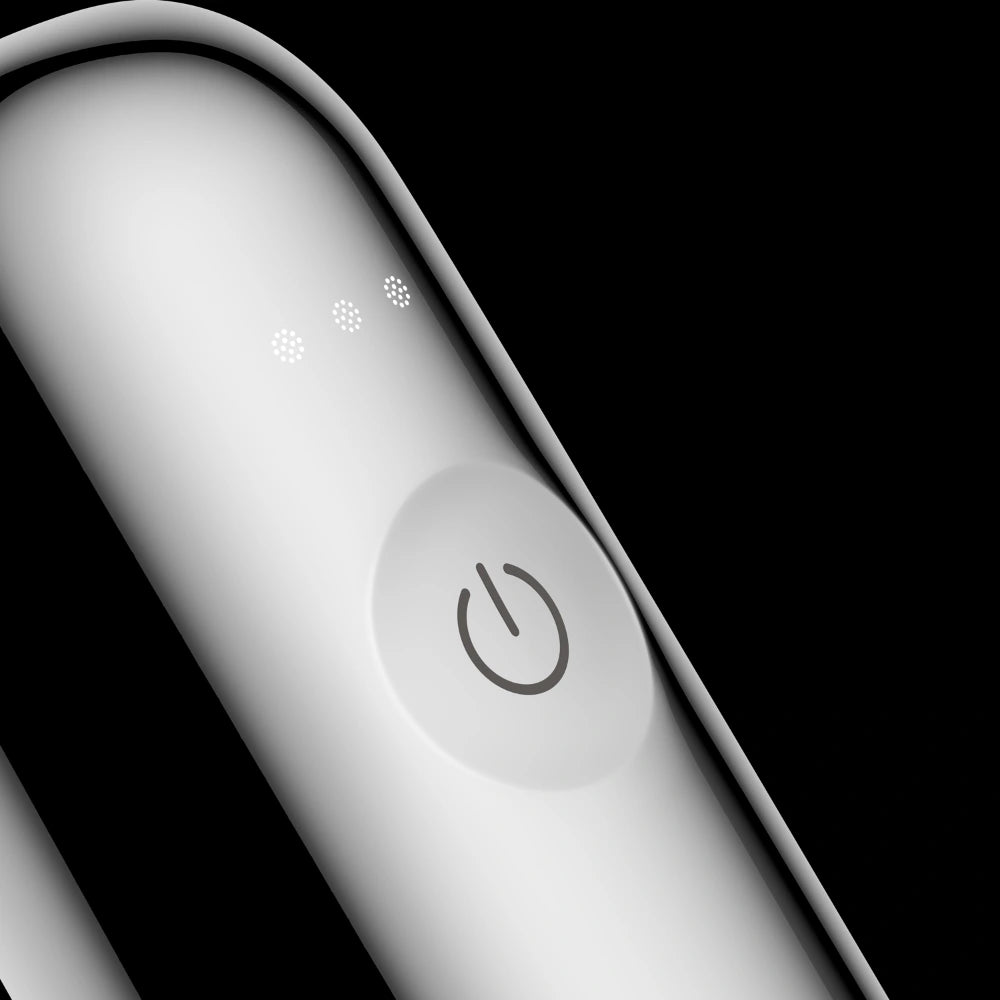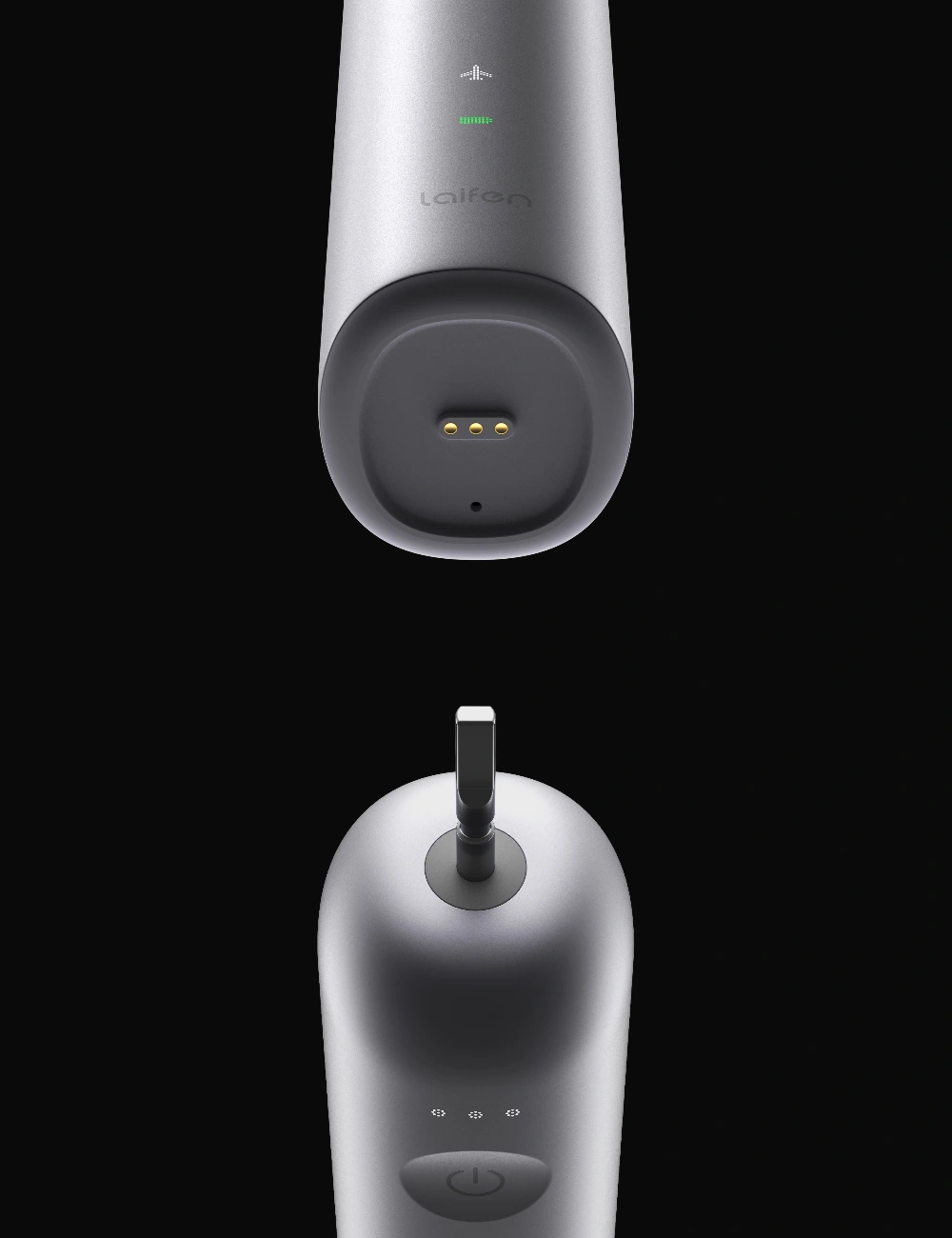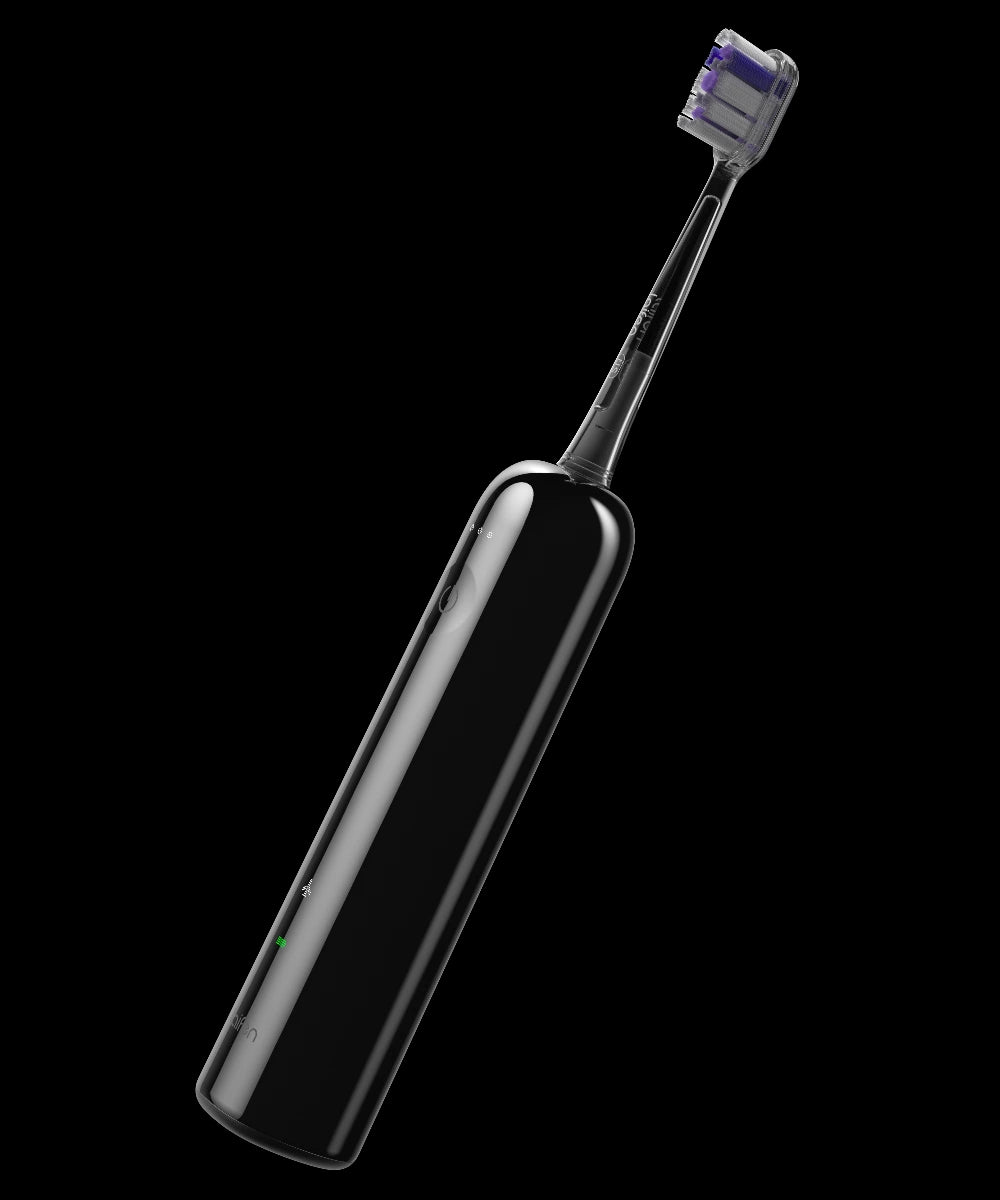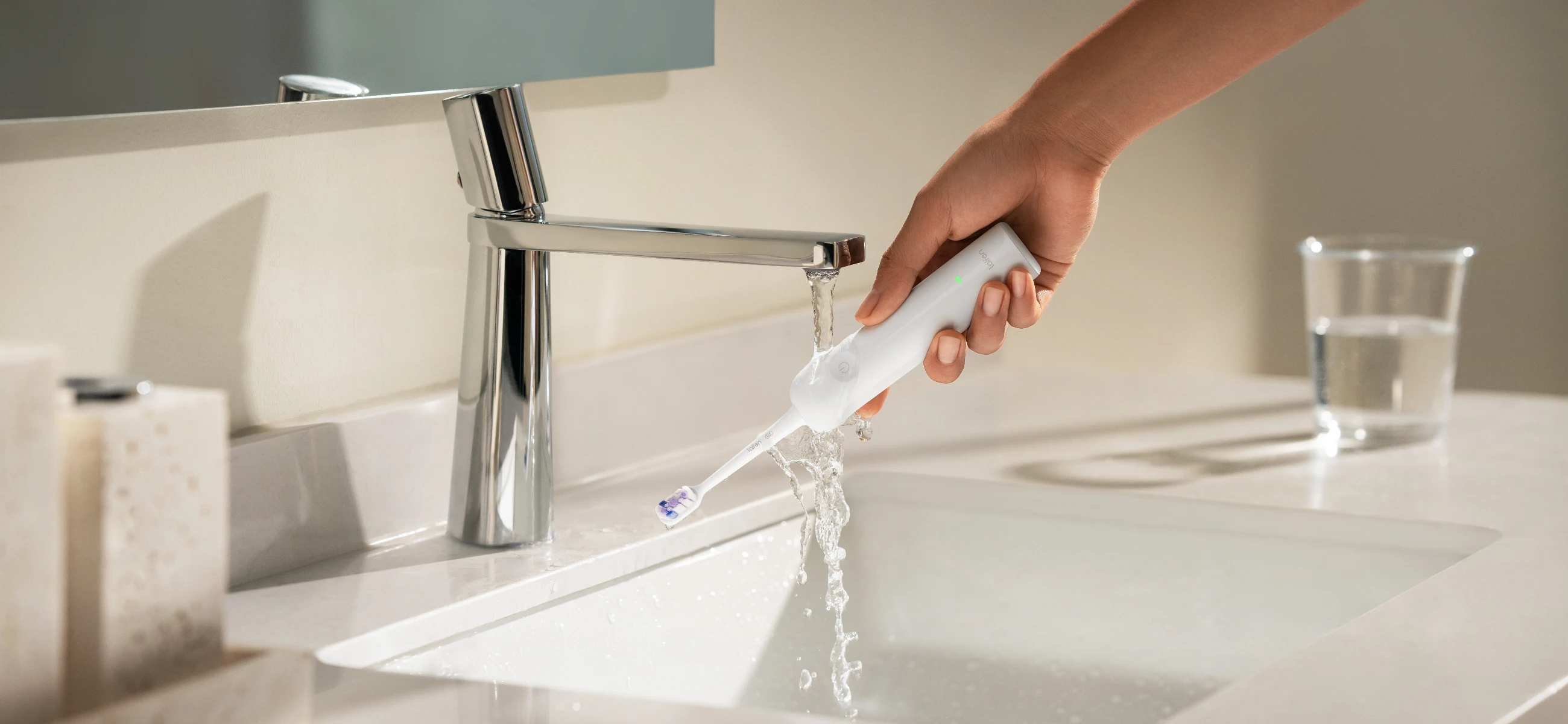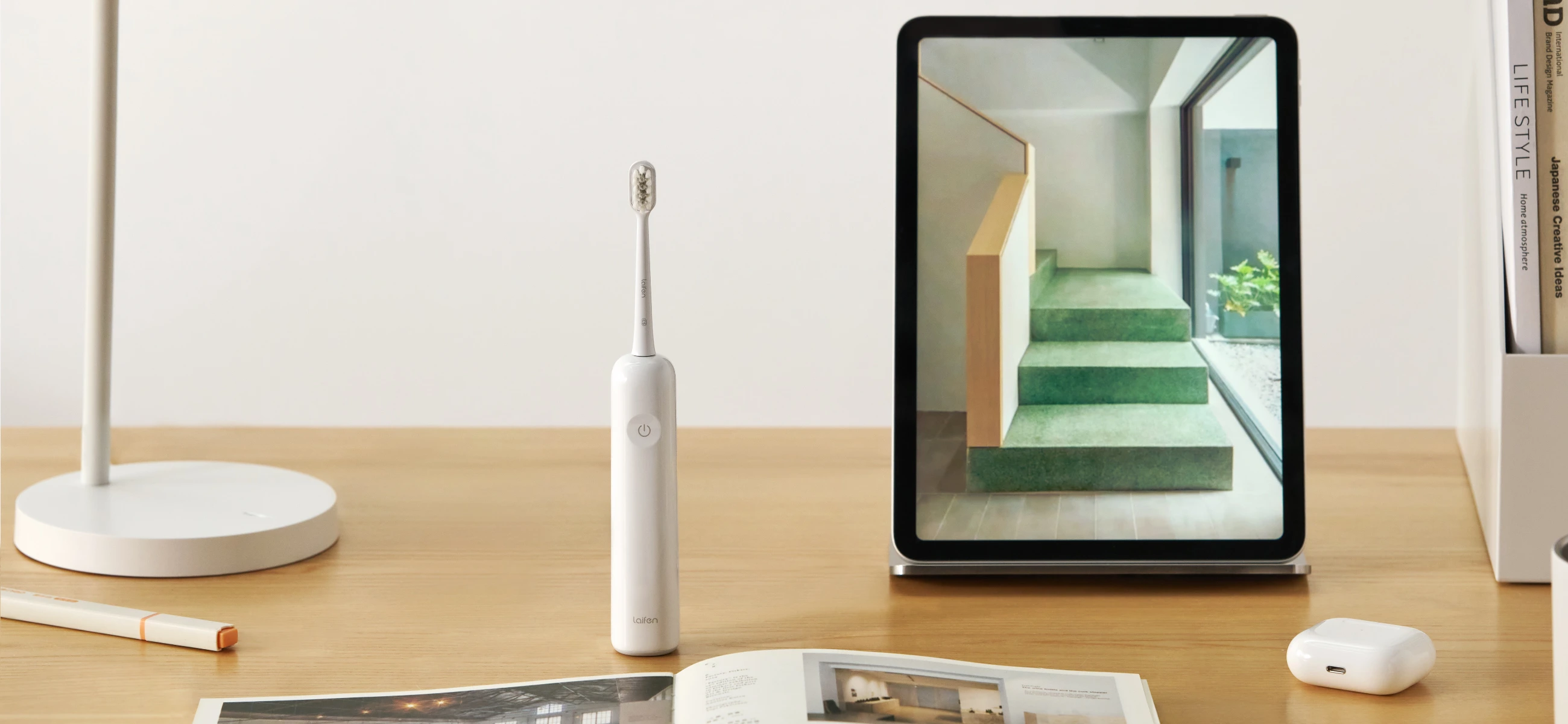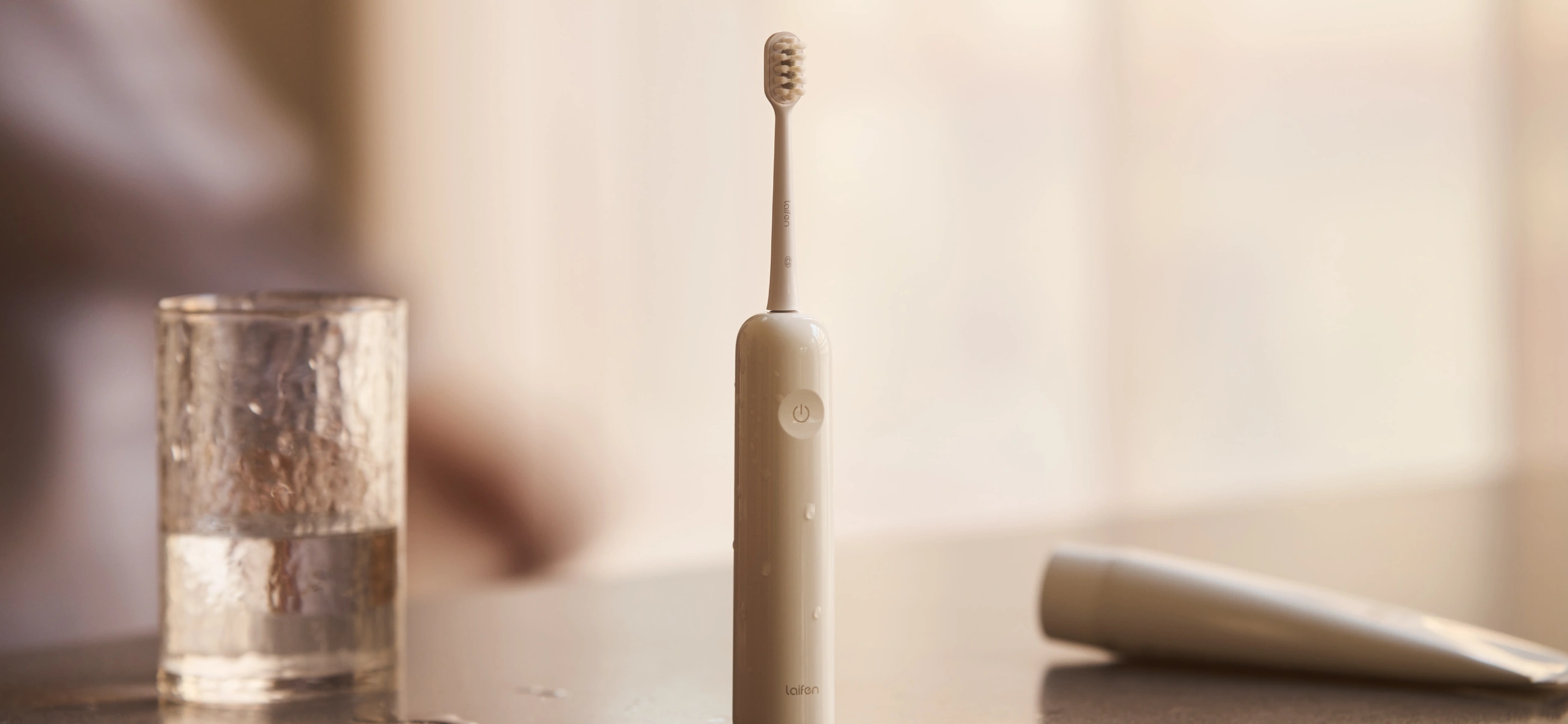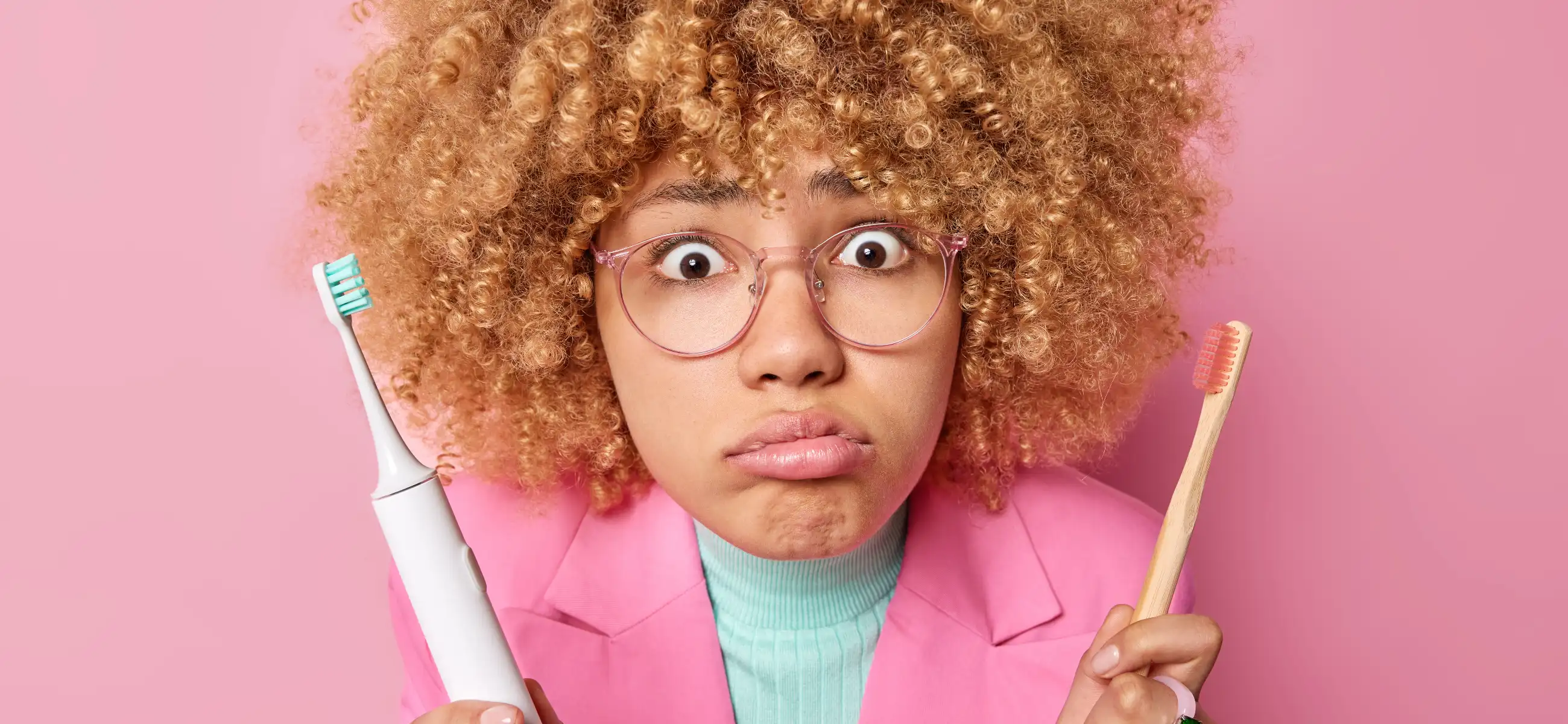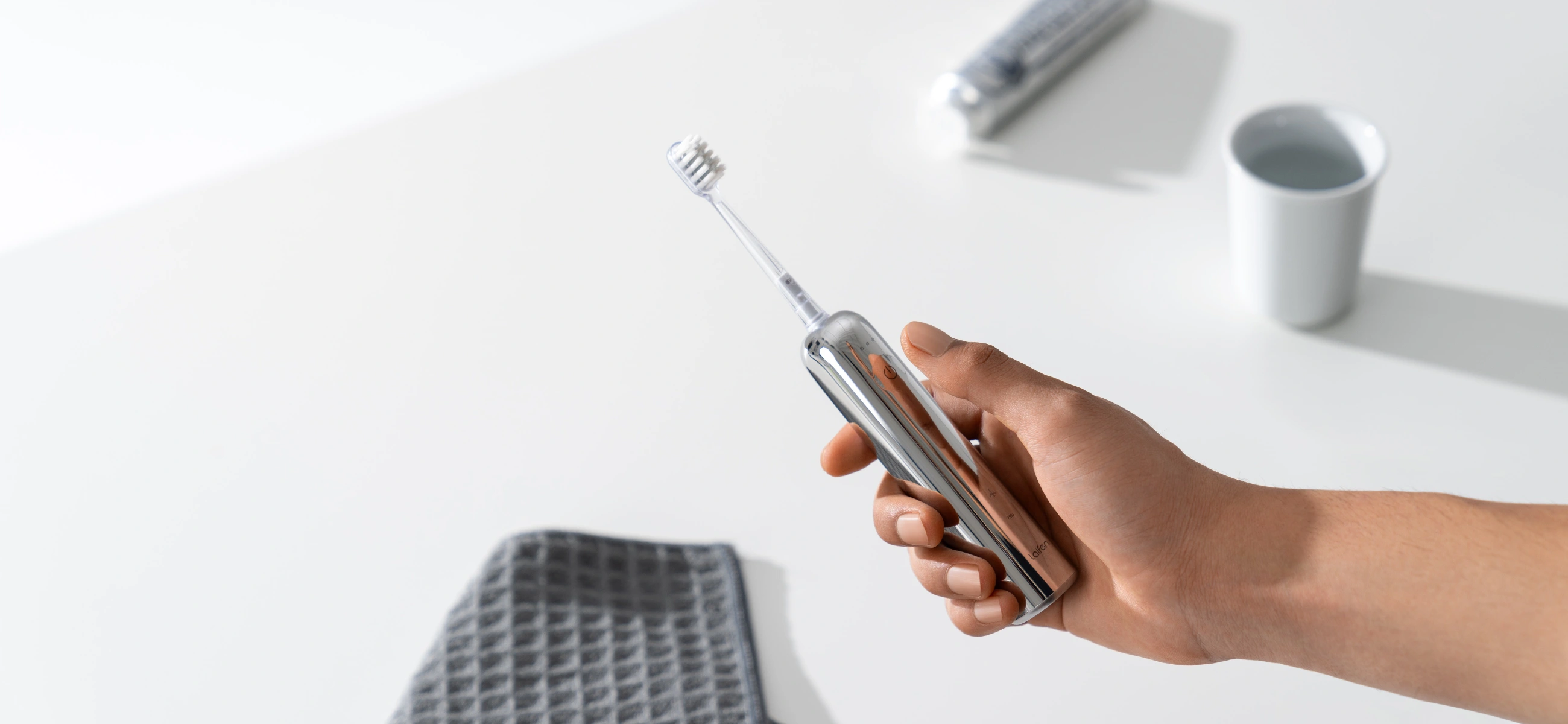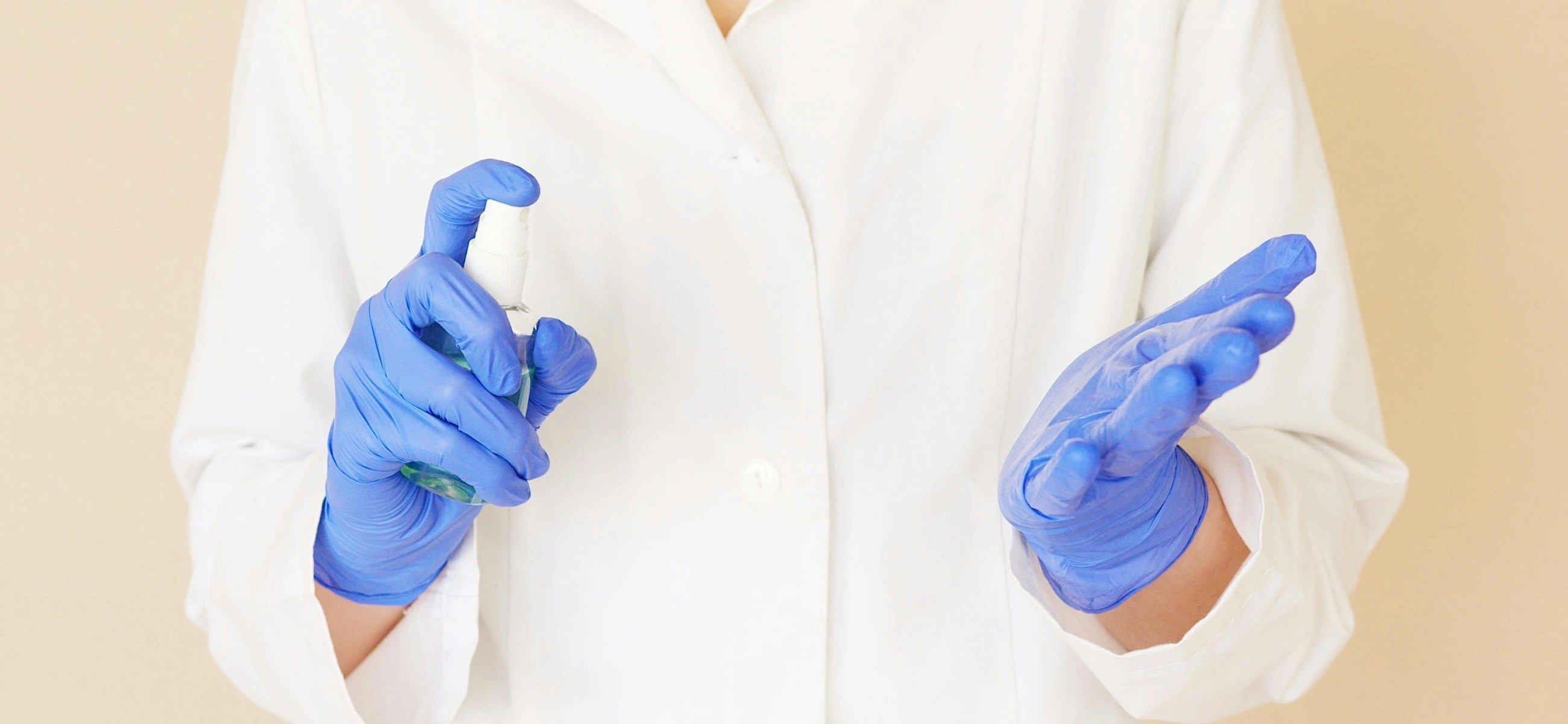
In this article
Ever wondered if your toothbrush needs more than just a rinse? Read our guide on disinfecting toothbrushes and discover the secrets to a cleaner, healthier smile. You can learn the tips and tricks to ensure your toothbrush stays germ-free and ready for action. Plus, unlock answers to burning questions about disinfecting after strep throat or during the COVID era. Let's dive in and keep those smiles shining bright!
How often you should disinfect your toothbrush?
From a professional perspective, it's advised to disinfect your toothbrush regularly to uphold proper oral hygiene standards. Dental experts suggest a minimum frequency of once a week, with additional disinfection recommended after illnesses like strep throat or the flu to prevent bacterial transmission.
Maintaining this routine helps minimize the risk of oral infections and ensures the efficacy of your toothbrush in removing plaque and debris. Remembering to replace your toothbrush every three to four months or sooner if bristles appear worn is also crucial for maintaining optimal dental health.
What you need to prepare before disinfecting?
Here are the necessary products you'll need before disinfecting your toothbrush:
-
Antibacterial mouthwash
-
Hydrogen peroxide
-
White vinegar
-
Denture tablets
-
Boiling water
The best guide to disinfect manual toothbrushes
When disinfecting a manual toothbrush, follow these steps for optimal cleanliness. By following these steps, you can effectively disinfect your manual toothbrush and maintain good oral hygiene. First things first, do not forget to prepare tools in advance.
Step 1. After each use, rinse your toothbrush under running water to remove any remaining toothpaste and debris.
Step 2. Submerge the toothbrush head in antibacterial mouthwash for 15-30 minutes to kill germs and bacteria. Alternatively, soak the toothbrush head in a mixture of equal parts hydrogen peroxide and water for about 10 minutes.
Step 3. Create a solution of one part white vinegar to three parts water and soak the toothbrush for 30 minutes to an hour.
Step 4. Drop a denture tablet into a glass of water and immerse the toothbrush for the recommended time on the product label.
Step 5. For a natural disinfectant, boil water and immerse the toothbrush for a few minutes, being careful not to touch the bottom of the pot.
Step 6. After disinfection, allow the toothbrush to air dry thoroughly in an upright position to prevent bacterial growth.
The all-rounded tutorial on disinfecting an electric toothbrush
If you are using electric toothbrushes, following these steps
Step 1. Before cleaning, unplug the toothbrush and remove the brush head, ensuring you follow the manufacturer's instructions for disassembly.
Step 2. Rinse the brush head under warm water to remove any toothpaste and debris. Soak in Mouthwash: Submerge the brush head in antibacterial mouthwash for 15-30 minutes to kill germs effectively.
Step 3. Create a solution of one part white vinegar to three parts water and soak the brush head for 30 minutes to an hour. Drop a denture tablet into a glass of water and immerse the brush head for the recommended time on the product label.
Step 4. Carefully boil water and submerge the brush head for a few minutes for a natural disinfectant. Use a damp cloth with mild soap to wipe down the handle and any other removable parts. After disinfection, thoroughly rinse the brush head and allow it to air dry completely before reassembling and storing.
Summary
By following the steps outlined in this guide, you can effectively disinfect both manual and electric toothbrushes, ensuring they remain free from harmful bacteria and germs. Remember to disinfect your toothbrush regularly, especially after illnesses, and replace it every three to four months.
FAQ
Q1: How to disinfect toothbrush after strep throat?
After battling strep throat, it's crucial to thoroughly disinfect your toothbrush to prevent reinfection. Start by soaking the toothbrush head in antibacterial mouthwash for a minimum of 15 minutes. Alternatively, create a solution of equal parts hydrogen peroxide and water and immerse the brush head for effective germ-killing action.
Q2: How long to boil a toothbrush to disinfect it?
Boiling water offers a simple and efficient method for disinfecting your toothbrush. Submerge the toothbrush in boiling water and let it boil for 3-5 minutes. This duration ensures thorough disinfection, killing any lingering bacteria or germs.
Q3: How long do you microwave a toothbrush to disinfect it?
Microwaving your toothbrush can be an effective way to disinfect it quickly and conveniently. Place the toothbrush in a cup of water and microwave it on high for 1 minute. This short duration provides sufficient heat to kill bacteria and viruses, leaving your toothbrush clean and ready for use.
Q4: How to disinfect toothbrush holder?
Properly cleaning and disinfecting your toothbrush holder is essential for maintaining good oral hygiene. Begin by soaking the holder in a mixture of warm water and white vinegar for at least 30 minutes. Then, use a brush to scrub the holder, ensuring all surfaces are thoroughly cleaned. Rinse the holder with water and allow it to air dry before reusing.
Q5: How to disinfect toothbrush after Covid?
In the wake of the COVID-19 pandemic, it's crucial to take extra precautions to disinfect your toothbrush. After recovering from the illness, soak your toothbrush in a solution of hydrogen peroxide or mouthwash for a minimum of 30 minutes. Additionally, consider replacing your toothbrush if you've been sick for an extended period to minimize the risk of reinfection and maintain optimal oral health.


